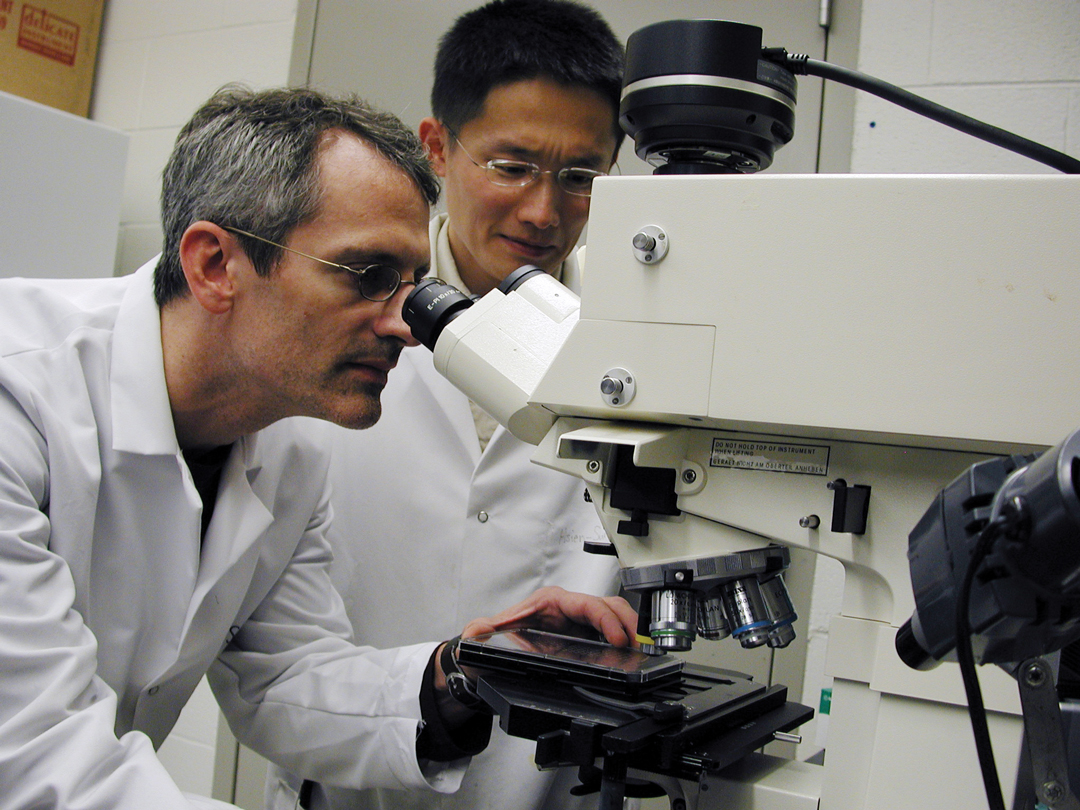We describe the development and validation of PANDABox-EEG, a novel protocol for remote EEG assessment with no on-site technician, tailored for Angelman syndrome (AS). We argue that this protocol is reliable, valid, and widely acceptable for use in families affected by Angelman syndrome.
AS is a rare neurogenetic condition characterized by developmental delays, sleep problems, seizures, and a happy demeanor. People with AS are frequently monitored via EEG to inform clinical care, and EEG-measured delta activity has been proposed as a reliable biomarker to monitor treatment effectiveness. Traditional EEG assessments pose logistical and financial burdens for families due to the need to travel to a medical center to complete assessments. Telehealth methods, however, offer a pathway forward.
PANDABox-EEG was developed through multidisciplinary collaboration with psychologists, psychophysiologists, engineers, and special-education scholars, incorporating caregiver feedback and user-centered design principles. It pairs PANDABox, a telehealth platform for biobehavioral assessment in rare disorders, with a dry electrode EEG system. Twenty-eight participants (7 AS, 7 siblings, 14 caregivers) completed three 5-min EEG sessions each over the course of a week. Caregivers were asked to provide feedback on acceptability of the design, and EEG data was quantified and assessed for metrics of reliability and validity.
PANDABox-EEG demonstrated high feasibility and acceptability, with 91% of caregivers reporting strong satisfaction assessment comfort. EEG data quality was promising, with high internal consistency (split-half reliability range for children with AS: r = .96-.98) and test-retest reliability for delta power among (test-retest reliability range for children with AS: ρ = .88-.96). Finally, we successfully detected the characteristic increased delta power in AS (effect size between AS and non-AS siblings: d = 1.56-2.85) and its association with age (effect size between non-AS siblings and caregivers: d = 2.19-2.72).
PANDABox-EEG provides a feasible, cost-effective, and reliable method for remote EEG assessment in AS. Its high caregiver satisfaction and ability to capture relevant neurophysiological markers suggest potential for broader application. With further validation, PANDABox-EEG can enhance accessibility and inclusivity, benefiting clinical management and research in AS and other clinical populations in need of frequent EEG monitoring by eliminating the need to travel.
